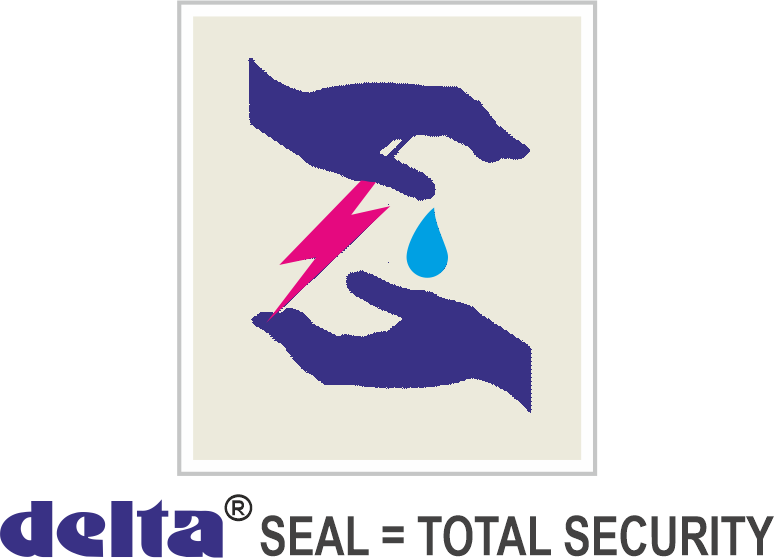In an age of increasing global connectivity, rapid technological advancements, and heightened threats, the need for robust security solutions has never been more urgent. As businesses, governments, and individuals face ever-evolving risks, the concept of accelerating the security revolution has emerged as a pivotal force driving innovation and transformation across industries. From physical security to digital safety, the security revolution is reshaping the way we protect assets, information, and people.
This article explores the key factors propelling this revolution, the technologies enabling rapid advancements, and the significant benefits of a more secure world.
The Growing Need for Enhanced Security
Security threats are becoming more sophisticated and widespread, ranging from cyber-attacks and data breaches to physical intrusions and terrorism. The rise of smart cities, the Internet of Things (IoT), and remote work has created a new landscape where security challenges are amplified. As a result, individuals and organizations are turning to next-generation security technologies to stay one step ahead of potential threats.
Key Drivers of the Security Revolution:
- Globalization and Connectivity: The increasing interconnectedness of people and businesses worldwide has created vulnerabilities that can be exploited by malicious actors.
- Rising Cyber Threats: As digital systems and cloud-based services become more prevalent, cyber-attacks have grown in complexity, targeting critical infrastructure and private data.
- Complex Regulations and Compliance Needs: Governments are tightening security regulations to address evolving threats, pushing organizations to adopt more sophisticated security solutions.
- High-Value Assets: With valuable intellectual property, financial data, and personal information at stake, organizations are prioritizing security to safeguard their most critical assets.
Emerging Technologies Driving Security Innovations
The security revolution is being accelerated by cutting-edge technologies that are reshaping the landscape of protection and defense. These innovations are providing new ways to prevent threats, detect risks, and respond to incidents in real time.
1. Artificial Intelligence and Machine Learning: AI and machine learning are revolutionizing the way security systems analyze threats and make decisions. By leveraging vast amounts of data, AI-driven security solutions can detect patterns, predict potential vulnerabilities, and provide actionable insights. Machine learning algorithms can autonomously identify unusual behavior, flagging potential risks before they escalate. In cybersecurity, AI-powered tools help in detecting malware, phishing attacks, and unauthorized access attempts, making them invaluable in mitigating risks.
2. Biometrics and Facial Recognition: Biometric authentication, including fingerprint scanning, facial recognition, and retina scanning, is becoming increasingly popular for both physical and digital security. These technologies provide an additional layer of authentication and access control, reducing the chances of unauthorized entry. In physical security, facial recognition is being deployed in public spaces to identify individuals of interest in real-time, while biometrics is enhancing secure login processes for online accounts.
3. Blockchain Technology: Blockchain technology, best known for powering cryptocurrencies, is also being used to enhance security. Its decentralized and immutable ledger system can ensure the integrity of digital transactions and data, making it a powerful tool for protecting sensitive information. By leveraging blockchain, businesses can improve supply chain security, authenticate digital assets, and establish secure voting systems, creating new possibilities for transparency and accountability.
4. Cloud Security Solutions: As organizations increasingly move their data and operations to the cloud, securing cloud infrastructure is critical. Cloud security solutions are evolving to offer more comprehensive protection, including encryption, multi-factor authentication, and continuous monitoring. These solutions help ensure that data stored in cloud environments remains secure, even as the threat landscape changes.
5. Internet of Things (IoT) Security: With the growing adoption of IoT devices, ensuring their security has become a pressing challenge. IoT security focuses on securing the network of connected devices, ranging from home automation systems to industrial equipment. Advanced encryption protocols, real-time monitoring, and edge computing are among the key strategies used to safeguard IoT devices and prevent unauthorized access or data breaches.
The Benefits of Accelerating the Security Revolution
The acceleration of security innovation is transforming industries and offering tangible benefits to businesses, governments, and individuals. Here are some of the key advantages:
1. Improved Threat Detection and Response: By adopting advanced security technologies, organizations can detect threats at earlier stages, minimizing damage and preventing large-scale security breaches. Real-time monitoring and AI-based detection systems ensure that suspicious activities are flagged and addressed swiftly.
2. Enhanced Compliance and Risk Management: As security regulations become stricter, businesses must adhere to industry standards and legal requirements. The integration of innovative security technologies helps companies stay compliant, reduce risk, and avoid potential penalties related to data breaches or system vulnerabilities.
3. Cost Savings: Investing in advanced security systems may seem like an expensive endeavor upfront, but it often leads to long-term savings. By preventing security incidents, organizations can avoid the high costs associated with data breaches, legal settlements, reputation damage, and operational downtime.
4. Greater Trust and Reputation: A secure environment fosters trust among customers, employees, and stakeholders. As data protection and privacy become top priorities for consumers, businesses that demonstrate a commitment to security can enhance their reputation and gain a competitive edge in the marketplace.
5. Innovation in Security Services: As the security revolution accelerates, new services and business models are emerging. Security-as-a-Service (SECaaS) solutions, remote monitoring, and cloud-based threat detection are just a few examples of how companies can access cutting-edge security technologies without making significant upfront investments.
The Road Ahead: The Future of Security
As we continue to accelerate the security revolution, we can expect further innovations that will radically reshape the security landscape. Technologies such as quantum computing, 5G networks, and advanced robotics are likely to unlock new levels of protection, enabling real-time, autonomous threat mitigation.
However, with these advancements come new challenges, as cybercriminals will continue to evolve their tactics to exploit emerging vulnerabilities. This highlights the importance of continuous investment in research, development, and collaboration between technology providers, governments, and businesses to stay ahead of emerging threats.

